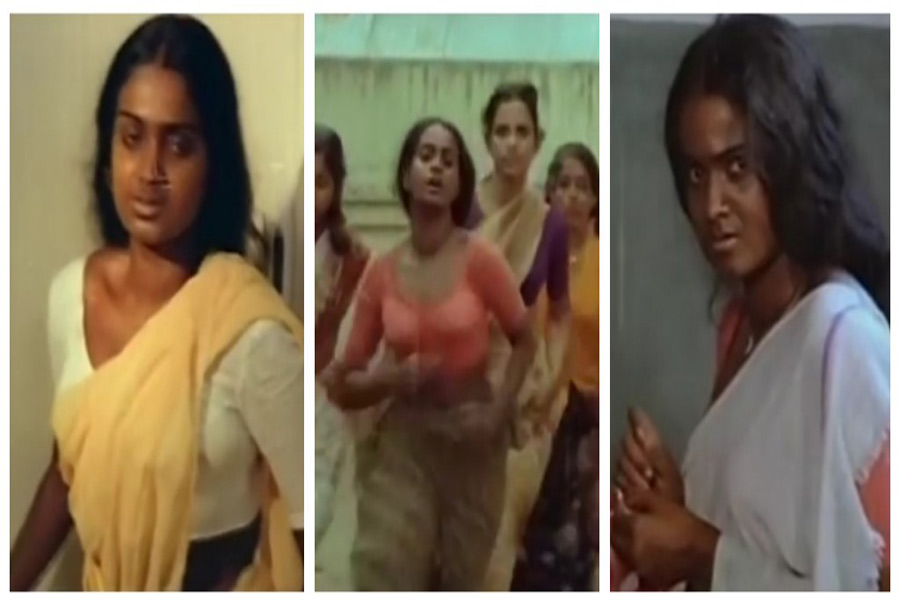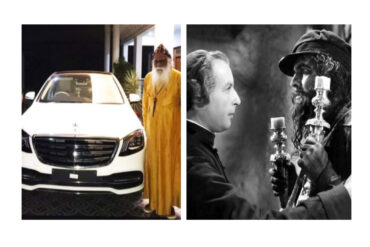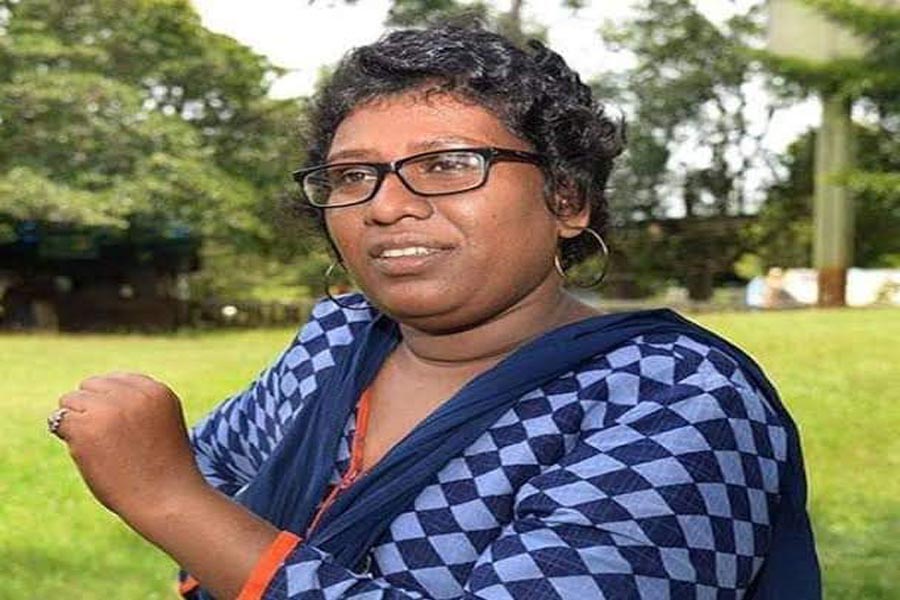K G George’s celebrated movie Aadaaminte Vaariyellu (Adam’s Rib, 1984) presented, perhaps for the first time in Malayalam cinema, a comprehensive and clinical discussion of gender inequality in our overwhelmingly patriarchal society.
The film has three female protagonists who represent three different social classes. Alice, played by Srividya is a rich, glamorous and powerful lady. She is portrayed as immoral, even using her body to further the business interests of her husband Mammachan (played by Bharat Gopi). Alice isn’t sure if her husband indeed is the father of their children. She has other affairs too, drinks habitually, is indifferent to her children—thus violates the codes of conservative morality. In short, she is the ideal candidate for individual liberation, one would imagine. But Alice ends up committing suicide. Death is her only form of liberation.
Vasanthi, the second character, (played by Suhasini) represents the struggling and ordinary middleclass. She has a job and is the only earning member of the family. She is a hardworking woman who gives her best to her home. She is saddled with a useless and abusive drunkard husband and a demanding mother-in-law. Caught between the pressures of office work, back-breaking household chores as well as the emotional and physical bullying, Vasanthi suffers a nervous breakdown and ends up in the lunatic asylum. Her liberation is realised through madness.
The third character is Ammini, a housemaid (played by Soorya). She is a powerless, marginalised woman, who is denied her agency. She is poor and dark-skinned (in the semiotic ideology of mainstream film of the time, it suggests a kind of othering). She represents the Subaltern. Mamachan takes advantage of her vulnerability and impregnates her. The oppressive capitalist and his male goons decide what Ammini should do thereafter. She’s packed off to some remote place to deal with her pregnancy and fate, all alone. The least likely candidate to initiate any liberation!

But the movie ends with the terrific scene (its overall message as well) of Ammini leading a determined charge of dispossessed women seeking liberation. There’s a brilliant climactic shot (unparalleled in Malayalam cinema) where Ammini, running on determinedly, pushing the camera unit aside (in a sense, breaking out of the cinematic frame) and marching ahead. The point K G George makes is unambiguous. Liberation (in this case, of the gender kind) will happen, if at all it does, only through the subaltern women, particularly when they act individually.
Jump cut to Kochi, 26 November 2019. 35 years after the film was released, another Ammini attempts to bring about individual liberation (and social revolution) but is dealt with brutally by elitist masculinity. K G George’s film does not show how the world would have responded to Ammini of the reel life, but Bindu Ammini of real life was attacked with a can of pepper spray by a man who planned it and came prepared.
Don’t miss the terrible irony here. The pepper spray is supposed to protect women against bullying and molesting men. Here it was shamelessly used by a man on a lonely woman, right in front of the Police Commissioner’s office in Kochi. The assaulter did the heinous act in the interest of Lord Ayyappa, it is claimed. So much for the kind of religiosity we practise in Kerala at the moment.
This time last year, the State witnessed several scenes of social upheaval, violent clashes, severe polarisation among sections of society and a broad ideological debate about constitutional rights and religious practices. It all began with the historic judgement of the Supreme Court allowing women of all age, entry to Sabarimala—the biggest pilgrim centre in this part of the world.
Interestingly, the entire political class—the Communists, the Congress, the BJP and others—initially welcomed the verdict. Only the Nair Service Society (NSS) disagreed with it publicly. Whether justifiable or not, they have been consistent throughout about protecting the customary practices of Sabarimala. Nearly a week after the verdict, a protest march was held at Pandalam. An unexpectedly huge crowd gathered there. It was a paradigm shift—the decisive moment that changed the entire discourse.
More and more people and organisations began to emerge from nowhere and started talking against the verdict. Even many of those who publicly supported it earlier backtracked now and did a volte-face. But Chief Minister Pinarayi Vijayan stood firm and went ahead with executing the Supreme Court judgement.
In no time, the whole of Kerala was divided into two factions—one welcoming and hailing the verdict as just, progressive and transformative; while the other denouncing it as agnostic and unacceptable. The one positive outcome in the aftermath was that a rigorous debate emerged about gender justice, constitutional rights and social change.
Kerala Renaissance was suddenly the hottest topic everywhere—that the present breakthrough, made possible through the Supreme Court judgement, was nothing but unfinished business of the original movement. What Sree Narayana Guru, Ayyankaali and many others began, the judiciary and the executive are now helping to continue. Left-leaning intellectuals like Sunil P Elayidom went to every corner of the State and spoke eloquently about the Sabarimala issue and its multiple implications.
Exactly a year later, it seems we have given up completely on the second edition of Kerala Renaissance. Except for a few subaltern groups and individuals, there seems to be a consensus that it’s all over.
Of course, there have been two crucial landmarks between the last pilgrim season and now. One is the national elections and its results in Kerala. The other is the recent Supreme Court revision judgement that has further postponed the final verdict. Whatever the final outcome, one gets the feeling that the renaissance movement has lost its momentum. It’s in this context that Bindu Ammini’s singular struggle and the calculated response to it become emblematic of the ground realities.
The majority of men and upper-caste women (kulasthreekal) want the status quo (mostly Brahminical customs) to continue. Only a Dalit woman (and social activist) like Bindu Ammini wants to challenge that tradition. Unfortunately, she has no significant support this time—either from the government or from the left-wing intelligentsia.
The chilli that was sprayed on a lonely Dalit woman’s face by a male devotee represents more than the aggression of the toxic combination of masculinity and elitist religion. It’s also the stain of the majoritarian consensus against an attempt to revive Kerala Renaissance. It will take some time and effort to remove that stain. Even then, its burning effect, not to mention the pungent aftertaste, will linger awhile.







